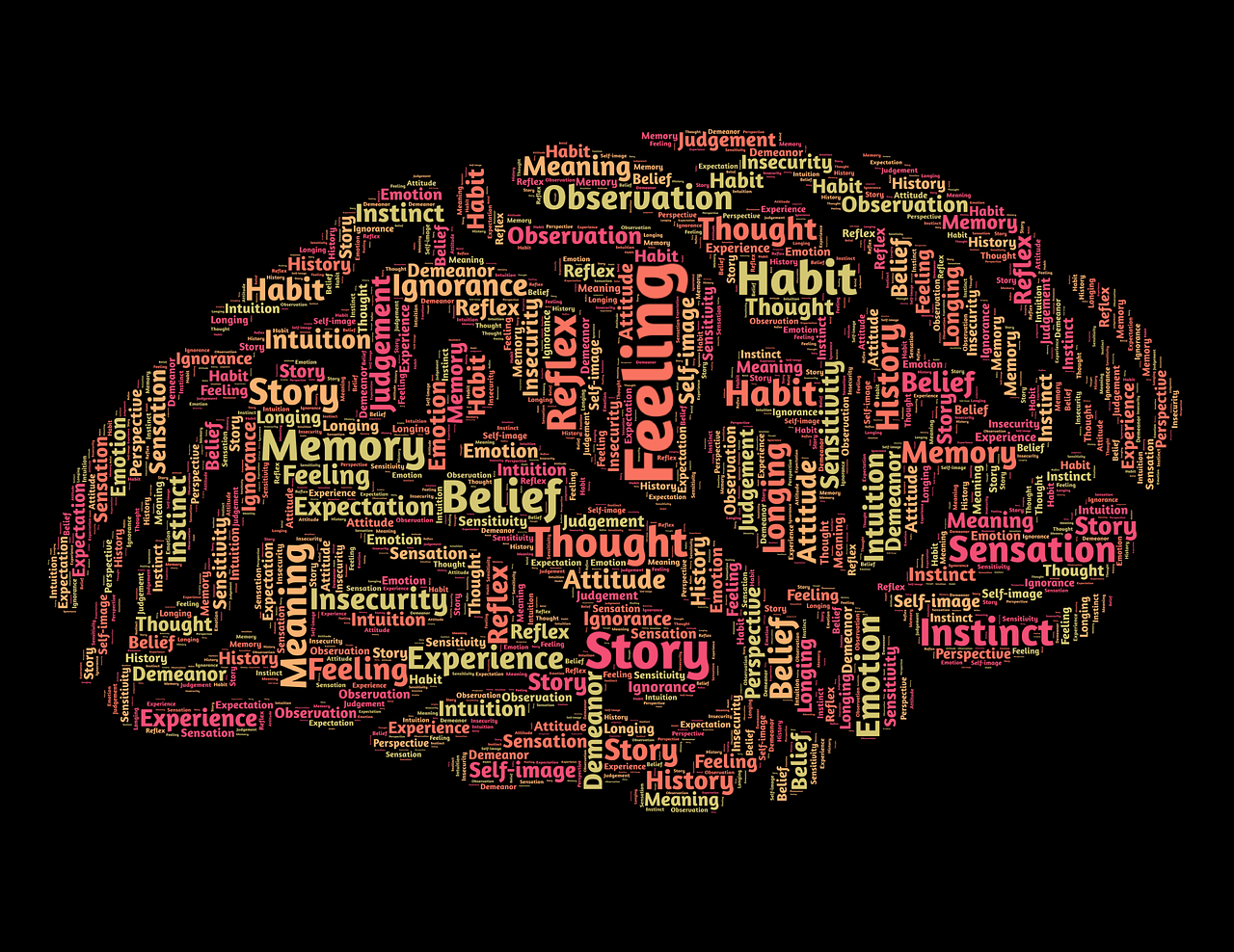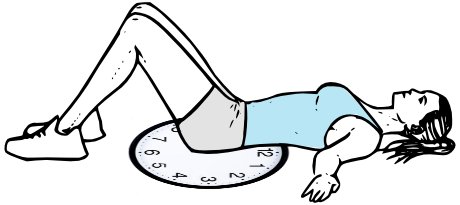For anyone who has not yet read Glucose Revolution: The life-changing power of balancing your blood sugar, it is most definitely worth the read. It was written by a French biochemist, Jessie Inchauspé, and is the holy grail for anyone hoping to learn a little more about nutritional biochemistry.
Inchauspé provides background information about how what we eat and when we eat it can trigger glucose spikes, in which the amount of sugar in our blood goes up very quickly. Over time, many glucose spikes can be taxing on our organs, our mental and physical health, and can put us on the road towards serious health issues. Even if we have not been diagnosed with diabetes or prediabetes, chronic spiking of glucose can negatively impact our health, well-being and our waistlines.
The chronic spiking of glucose can lead to insulin resistance, chronic inflammation, atherosclerosis (and related heart events), as well as weight gain.
The book does not suggest dieting, as going on diets is often unsustainable. If we choose to restrict what we eat, we will often experience the “yo-yo effect”, in which we temporarily deprive ourselves only to drain our will-power and eventually return to our old ways.
Rather than dieting, if we are hoping to improve our health for the long-term, we must change the relationship we have with nutrition and exercise to be evidence-based, more enjoyable, and strategic.
How does this relate to physical therapy?
More glucose spikes means more inflammation. More inflammation means more irritated tissues, which leads to more pain. Excess weight also leads to inflammation, as well as increased biomechanical forces on joints, both of which contribute to pain. So, by improving our relationship to nutrition, we decrease inflammation, maintain a healthy weight, thereby making us less vulnerable to pain and unwanted strain on our tissues.
Takeaways
Here are the four takeaways that have stuck with me the most, and that I tend to recommend most often to clients who are hoping to enhance their blood sugar regulation.
Don’t “Diet”
If you’re on a “diet”, it is likely unsustainable. Consider asking yourself the following question: “Is the way I’m eating now sustainable?” Or “Could I see myself eating like this for the rest of my life?” If the answer is no, you probably would benefit from adjusting your mindset relative to what you are eating. Restricting calories or certain foods is likely temporary, and as soon as you stop doing it, your weight will likely bounce back to what it was before the restriction.
It is helpful to consider more the relationship you have to food and nutrition. To learn how to make decisions about food based on the best available information. To not deprive yourself of calories, but rather focus on nourishing your body with healthy, whole foods. Move away from counting calories, and towards counting how many different fruits and vegetables you eat in a week.
Seriously, try it. Over the course of a week, write down every single fruit and vegetable you eat. If you eat a banana seven times, this only counts as one, as I am referring to different fruits and veggies. At the end of the week, what is your number? Aiming for 20-30 per week is a great place to be. If you’re nowhere close to that, no worries! Try again next week.
“Dress” your Carbs
Ever wonder why taking medicine on an empty stomach might not be a great thing? Or perhaps drinking alcohol? When the stomach is empty, there is no buffer, and whatever you ingest has a quicker, stronger effect on your cells. Same thing with carbs: if you eat something that is high in carbs, particularly refined carbs (e.g. white bread, pasta, rice) or sugar (desserts) on an empty stomach, this will lead to a very high glucose spike.
Consider a green starter to each meal, which means having a vegetable before the carb. Or “dress” your carbs with fats, proteins, and fiber. The glucose spike from eating two pieces of white bread would be far higher than a sandwich with two pieces of white bread with avocado, greens, tomatoes, and a protein source in between. Better yet, choose whole wheat bread, as the fiber will also slow down the glucose spike.
Move After Eating
In the post-meal state, when the glucose is first starting to spike, your body is trying to figure out what to do with it. Is it going to go to the liver for long term storage? Is it going to go into the fat cells? How about the muscles? If you move a bit after eating, your muscles will start to soak up the sugar to use as energy, rather than going into fat cells.
This doesn’t have to be intense exercise. Simply walking for five or ten minutes after a meal will help to decrease the glucose spike by sending the glucose into the muscles instead of the fat, which can be very helpful for weight management over time.
Apple Cider Vinegar (ACV) is your Friend
Vinegar can help decrease glucose spikes. This is particularly helpful if the vinegar is taken about 20 minutes before consuming something that could potentially spike glucose. It is important to only have a small amount, 1 - 2 tablespoons, and to dilute it.
As the taste of vinegar can be vile, I like to make an ACV tonic, which I drink a couple times per week. Here is the recipe:
1 - 2 tablespoons organic raw ACV (maybe start with 1)
Liquid stevia to taste, or other natural zero-calorie sweetener (no sugar, as this will negate the effects!)
1/4 tsp cinnamon (or keep cinnamon sticks in the bottle of ACV)
Big squeeze of lemon
8 oz water
Mix it up, apple sliced and/or lemon wedge optional for garnish
Enjoy!
Written by Jacob Tyson, DPT - Physical Therapist, Yoga Instructor and The Wellness Station Team





















